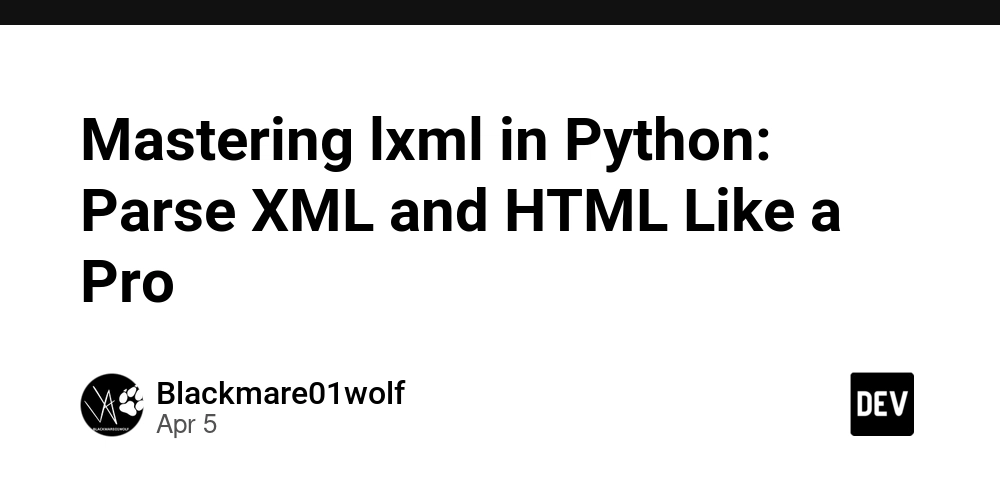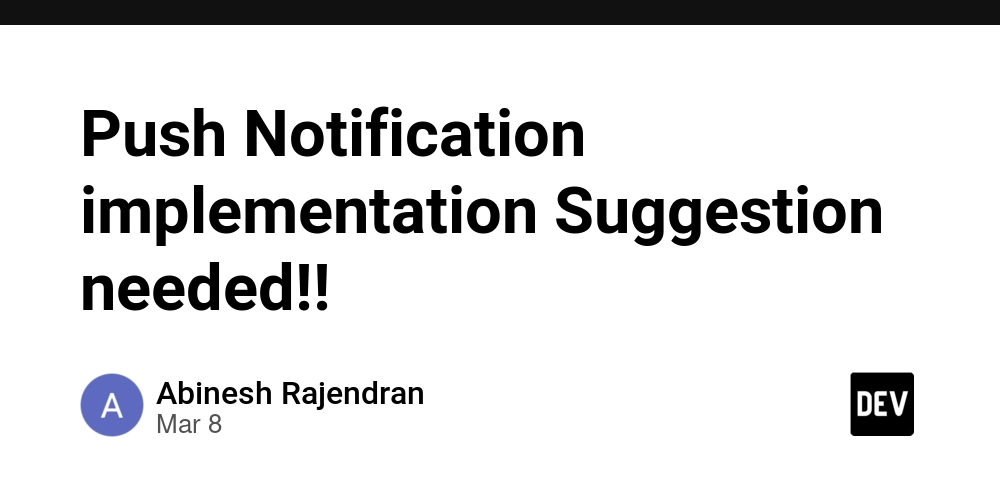The Myth of Micro-Only Success: Why Great Businesses Need Both Strategy and Execution
I saw a viral thread recently claimed that no business succeeds by discussing macro issues such as economics or management, and that only micro-management ensures success. This perspective, while resonant with hustle culture, oversimplifies the complex interplay between macro strategy and micro execution. In this article, we dissect this claim through academic theories, business case studies, and leadership literature. Defining Macro and Micro Perspectives in Business In strategic management, macro refers to high-level activities such as market positioning, resource allocation, long-term planning, and external analysis (Porter, 1980; Mintzberg, 1994). Micro refers to ground-level execution: optimizing user flows, managing daily tasks, copywriting, customer service, etc. (Ries, 2011). Academic Perspectives: The Duality of Strategy and Execution Michael Porter (1985) emphasizes competitive advantage through strategic positioning, while Henry Mintzberg (1994) argues that strategy emerges through patterns of behavior in organizations. Both theorists agree that strategy without execution is powerless, but execution without strategic clarity leads to misalignment and inefficiency. Rita Gunther McGrath (2013) in "The End of Competitive Advantage" highlights that businesses need agility in both strategy and operations to survive in volatile markets. Execution must align with a shifting macro vision. The Role of Micro-Management in Success Stories It is true that figures like Steve Jobs and Elon Musk were known for obsessing over product details. Jobs famously tweaked font kerning and packaging design. Musk is deeply involved in engineering and design reviews. These anecdotes, however, are often misinterpreted. Both leaders also made bold macro decisions: Jobs’ focus on the digital hub strategy in the early 2000s and Musk’s market positioning for EVs and private spaceflight. Case Studies: When Macro Strategy Was Critical Kodak: Despite strong engineering (micro), Kodak failed to act on macro shifts in the digital photography market. Netflix: Reed Hastings transitioned from DVD rentals to streaming and later into content production—a macro strategic pivot that redefined the company. Amazon: Jeff Bezos has emphasized "Day 1" execution, but the real strength lies in macro plays: AWS, Prime, logistics infrastructure. Influencer Economy: Balancing Creation and Strategy While successful influencers obsess over thumbnails and scripts, top creators like MrBeast, Ali Abdaal, and Marques Brownlee also build macro strategies: brand licensing, global localization, team scaling, and platform diversification. Ignoring macro thinking traps influencers in short-term gains. The Startup Reality: Execution Without Strategy Fails Startups often begin with founders micro-managing everything. However, to scale, leaders must transition to macro-level decisions: fundraising, market expansion, team structure, and culture (Blank & Dorf, 2012). Ben Horowitz (2014) in "The Hard Thing About Hard Things" emphasizes that CEOs must toggle between wartime (micro focus) and peacetime (macro planning) modes. One cannot dominate without the other. Conclusion The claim that macro thinking is a lie and only micro-management leads to success lacks nuance. Real-world success demands a dynamic balance: zooming in to solve problems and zooming out to steer direction. Dismissing macro as conceptual fluff is not only academically inaccurate but dangerous for sustainable growth. References Porter, M. (1985). Competitive Advantage. Mintzberg, H. (1994). The Rise and Fall of Strategic Planning. Ries, E. (2011). The Lean Startup. McGrath, R.G. (2013). The End of Competitive Advantage. Blank, S., & Dorf, B. (2012). The Startup Owner's Manual. Horowitz, B. (2014). The Hard Thing About Hard Things.
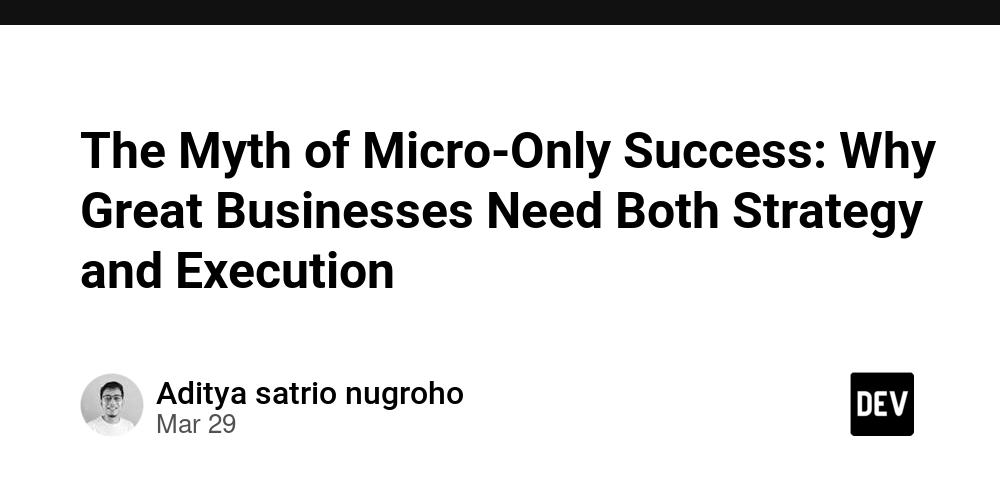
I saw a viral thread recently claimed that no business succeeds by discussing macro issues such as economics or management, and that only micro-management ensures success.
This perspective, while resonant with hustle culture, oversimplifies the complex interplay between macro strategy and micro execution. In this article, we dissect this claim through academic theories, business case studies, and leadership literature.
Defining Macro and Micro Perspectives in Business In strategic management, macro refers to high-level activities such as market positioning, resource allocation, long-term planning, and external analysis (Porter, 1980; Mintzberg, 1994). Micro refers to ground-level execution: optimizing user flows, managing daily tasks, copywriting, customer service, etc. (Ries, 2011).
Academic Perspectives: The Duality of Strategy and Execution Michael Porter (1985) emphasizes competitive advantage through strategic positioning, while Henry Mintzberg (1994) argues that strategy emerges through patterns of behavior in organizations. Both theorists agree that strategy without execution is powerless, but execution without strategic clarity leads to misalignment and inefficiency.
Rita Gunther McGrath (2013) in "The End of Competitive Advantage" highlights that businesses need agility in both strategy and operations to survive in volatile markets. Execution must align with a shifting macro vision.
The Role of Micro-Management in Success Stories It is true that figures like Steve Jobs and Elon Musk were known for obsessing over product details. Jobs famously tweaked font kerning and packaging design. Musk is deeply involved in engineering and design reviews. These anecdotes, however, are often misinterpreted. Both leaders also made bold macro decisions: Jobs’ focus on the digital hub strategy in the early 2000s and Musk’s market positioning for EVs and private spaceflight.
Case Studies: When Macro Strategy Was Critical
Kodak: Despite strong engineering (micro), Kodak failed to act on macro shifts in the digital photography market.
Netflix: Reed Hastings transitioned from DVD rentals to streaming and later into content production—a macro strategic pivot that redefined the company.
Amazon: Jeff Bezos has emphasized "Day 1" execution, but the real strength lies in macro plays: AWS, Prime, logistics infrastructure.
Influencer Economy: Balancing Creation and Strategy While successful influencers obsess over thumbnails and scripts, top creators like MrBeast, Ali Abdaal, and Marques Brownlee also build macro strategies: brand licensing, global localization, team scaling, and platform diversification. Ignoring macro thinking traps influencers in short-term gains.
The Startup Reality: Execution Without Strategy Fails Startups often begin with founders micro-managing everything. However, to scale, leaders must transition to macro-level decisions: fundraising, market expansion, team structure, and culture (Blank & Dorf, 2012).
Ben Horowitz (2014) in "The Hard Thing About Hard Things" emphasizes that CEOs must toggle between wartime (micro focus) and peacetime (macro planning) modes. One cannot dominate without the other.
Conclusion
The claim that macro thinking is a lie and only micro-management leads to success lacks nuance. Real-world success demands a dynamic balance: zooming in to solve problems and zooming out to steer direction. Dismissing macro as conceptual fluff is not only academically inaccurate but dangerous for sustainable growth.
References
- Porter, M. (1985). Competitive Advantage.
- Mintzberg, H. (1994). The Rise and Fall of Strategic Planning.
- Ries, E. (2011). The Lean Startup.
- McGrath, R.G. (2013). The End of Competitive Advantage.
- Blank, S., & Dorf, B. (2012). The Startup Owner's Manual.
- Horowitz, B. (2014). The Hard Thing About Hard Things.









































































































































































![[The AI Show Episode 143]: ChatGPT Revenue Surge, New AGI Timelines, Amazon’s AI Agent, Claude for Education, Model Context Protocol & LLMs Pass the Turing Test](https://www.marketingaiinstitute.com/hubfs/ep%20143%20cover.png)




















































































































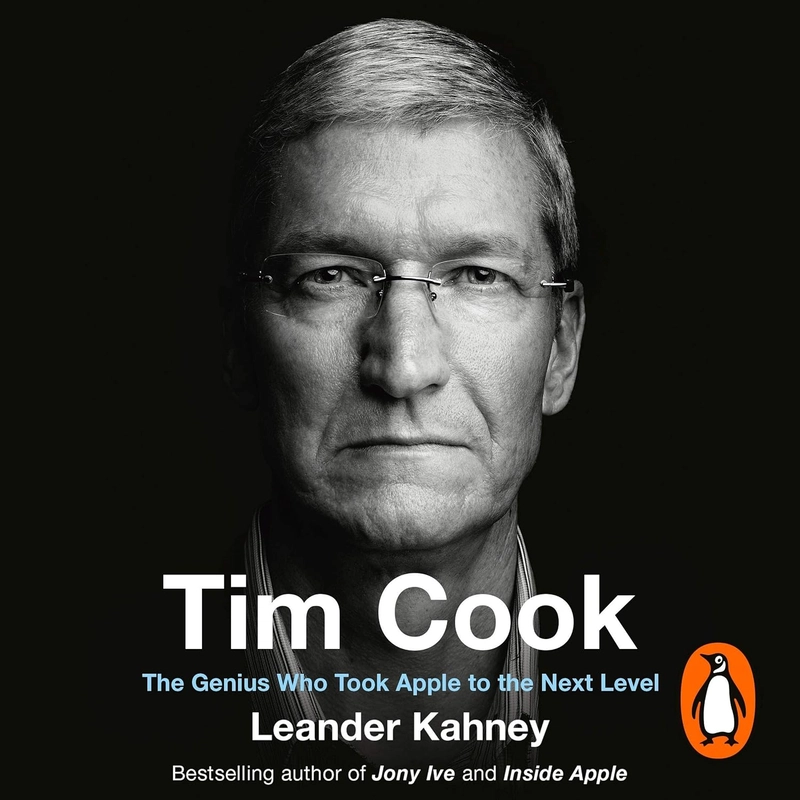

















![From drop-out to software architect with Jason Lengstorf [Podcast #167]](https://cdn.hashnode.com/res/hashnode/image/upload/v1743796461357/f3d19cd7-e6f5-4d7c-8bfc-eb974bc8da68.png?#)













































.jpeg?#)


























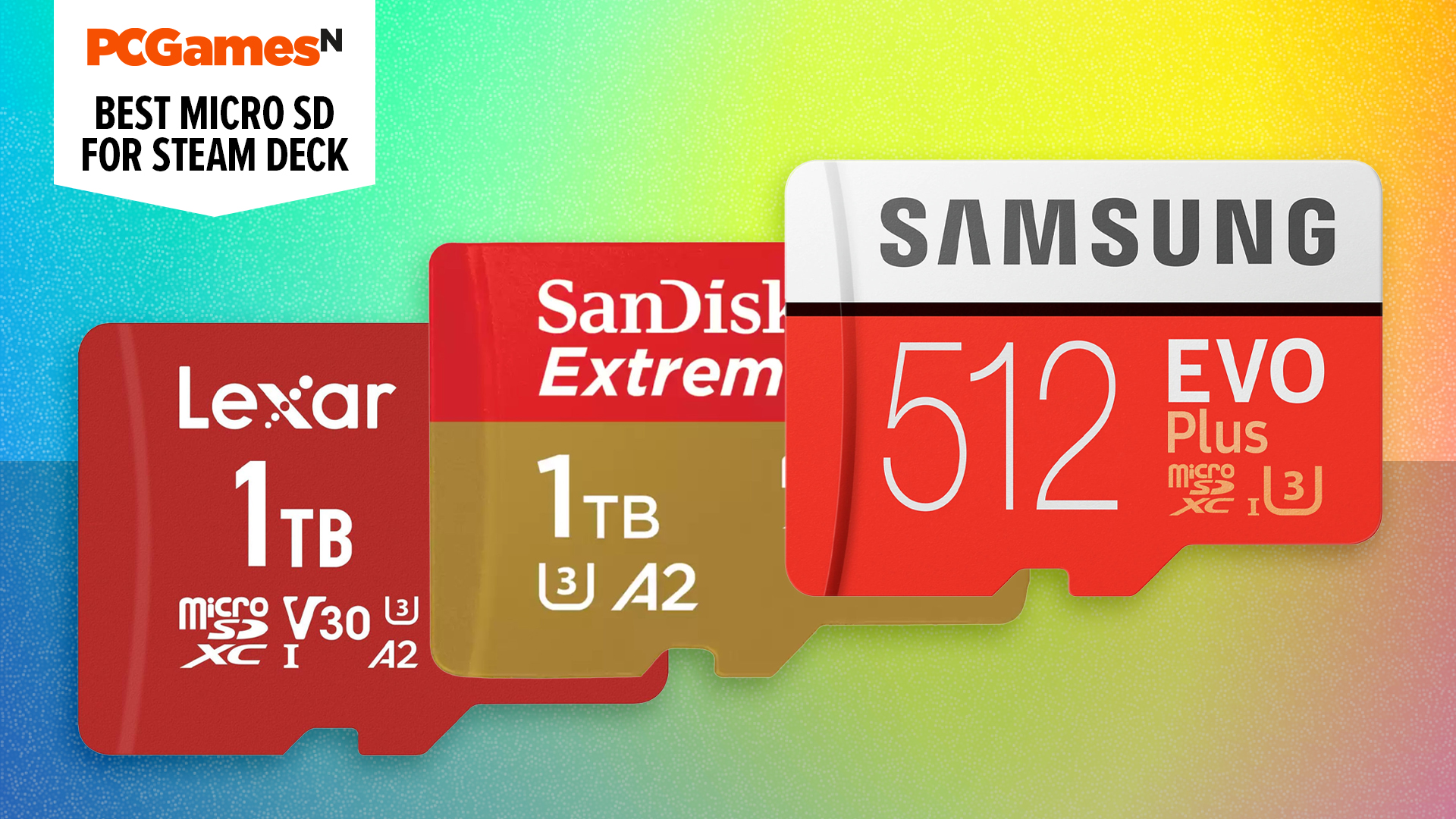






































-11.11.2024-4-49-screenshot.png?width=1920&height=1920&fit=bounds&quality=70&format=jpg&auto=webp#)





















_jvphoto_Alamy.jpg?#)















































































































![Apple Debuts Official Trailer for 'Murderbot' [Video]](https://www.iclarified.com/images/news/96972/96972/96972-640.jpg)
![Alleged Case for Rumored iPhone 17 Pro Surfaces Online [Image]](https://www.iclarified.com/images/news/96969/96969/96969-640.jpg)

![Apple Rushes Five Planes of iPhones to US Ahead of New Tariffs [Report]](https://www.iclarified.com/images/news/96967/96967/96967-640.jpg)




























































































































